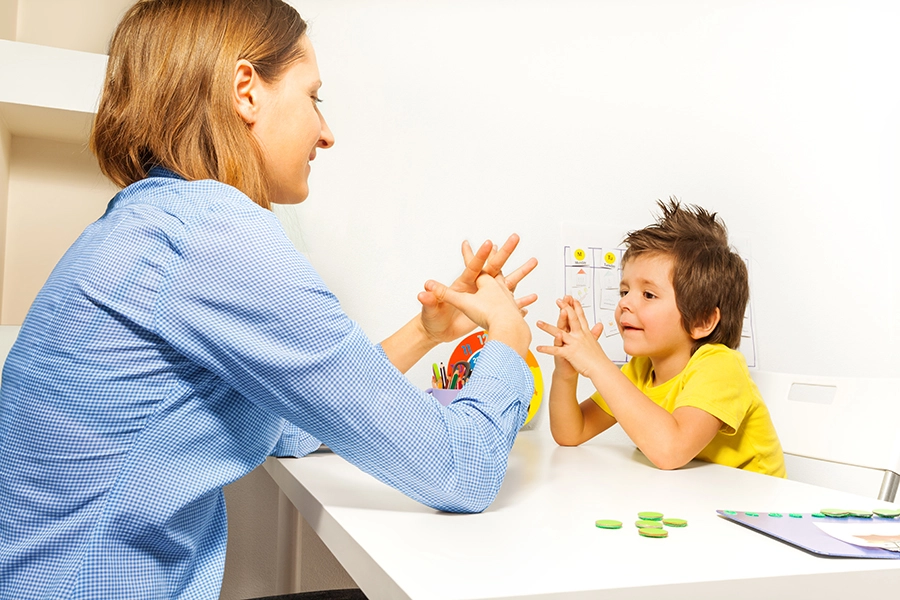Do you want to learn the do’s and don’ts when dealing with autistic children in this comprehensive guide? Keep reading to discover effective strategies, avoid common mistakes, and foster a nurturing environment for autistic individuals.

Parenting an autistic child comes with its unique challenges, and it’s crucial to approach the journey with empathy, understanding, and knowledge.
Here, you will get to know the do’s and don’ts when dealing with autistic children.
By gaining insights into effective strategies and avoiding common pitfalls, caregivers can create a supportive and nurturing environment for their autistic loved ones.
What Not to Do With an Autistic Child?

It’s essential to be mindful of the actions and approaches used while interacting with autistic children.
Understanding what not to do can help prevent misunderstandings and foster positive interactions.
Here are the things you shouldn’t do with an autistic child:
1. Avoid Overstimulation
Autistic children can be sensitive to sensory stimuli. Ensure you avoid overwhelming them with loud noises, bright lights, or crowded environments.
Instead, create calm and quiet spaces where they can feel more comfortable and in control.
2. Don’t Dismiss Communication Challenges
Autistic children may have difficulty expressing themselves verbally or non-verbally.
Don’t dismiss their communication challenges; instead, be patient and attentive to alternative ways they might communicate, such as through gestures, sign language, or assistive devices.
3. Avoid Ignoring Their Special Interests
Autistic children often have intense and specific interests. Instead of disregarding these interests, embrace them as opportunities for learning and connection.
Also, engaging in their passions can create meaningful interactions and support their emotional well-being.
4. Don’t Use Negative Reinforcement
Avoid using punitive measures or negative reinforcement when dealing with challenging behavior.
Instead, focus on positive reinforcement and reward systems to encourage desirable actions and reinforce positive behavior.
5. Avoid Rushing Transitions
Transitions can be challenging for most autistic children. Avoid abrupt changes and provide ample time for them to adjust to new situations or environments.
Also, establishing predictable routines can help them feel secure and reduce anxiety.
6. Don’t Make Assumptions
Every autistic child is unique, and assumptions based on stereotypes can be harmful.
Also, avoid generalizations and take an individualized approach when understanding their needs and abilities.
7. Avoid Overlooking Sensory Needs
Be attentive to the sensory needs of autistic children. Ensure you provide sensory tools and activities that help them regulate their sensory experiences, such as fidget toys, weighted blankets, or sensory-friendly play spaces.
8. Don’t Isolate Them
Encourage social interactions and friendships for autistic children.
Also, avoid isolating them, as social connections are essential for their emotional development and well-being.
9. Avoid Dismissing Their Feelings
Autistic children experience emotions just like anyone else.
Avoid dismissing their feelings and instead, support them in understanding and expressing their emotions effectively.
10. Don’t Neglect Self-Care
Caregivers must prioritize self-care to maintain their well-being. Avoid neglecting your own needs and seek support from friends, family, or support groups to prevent burnout.
In conclusion, caring for an autistic child requires sensitivity, compassion, and a willingness to learn.
Also, by understanding what not to do and following effective strategies, caregivers can create a nurturing and supportive environment for their loved ones with autism.
Embrace their uniqueness, support their growth, and celebrate their accomplishments.
Remember, each child is an individual with limitless potential, and with the right approach, they can thrive and lead fulfilling lives.
Related Searches:
